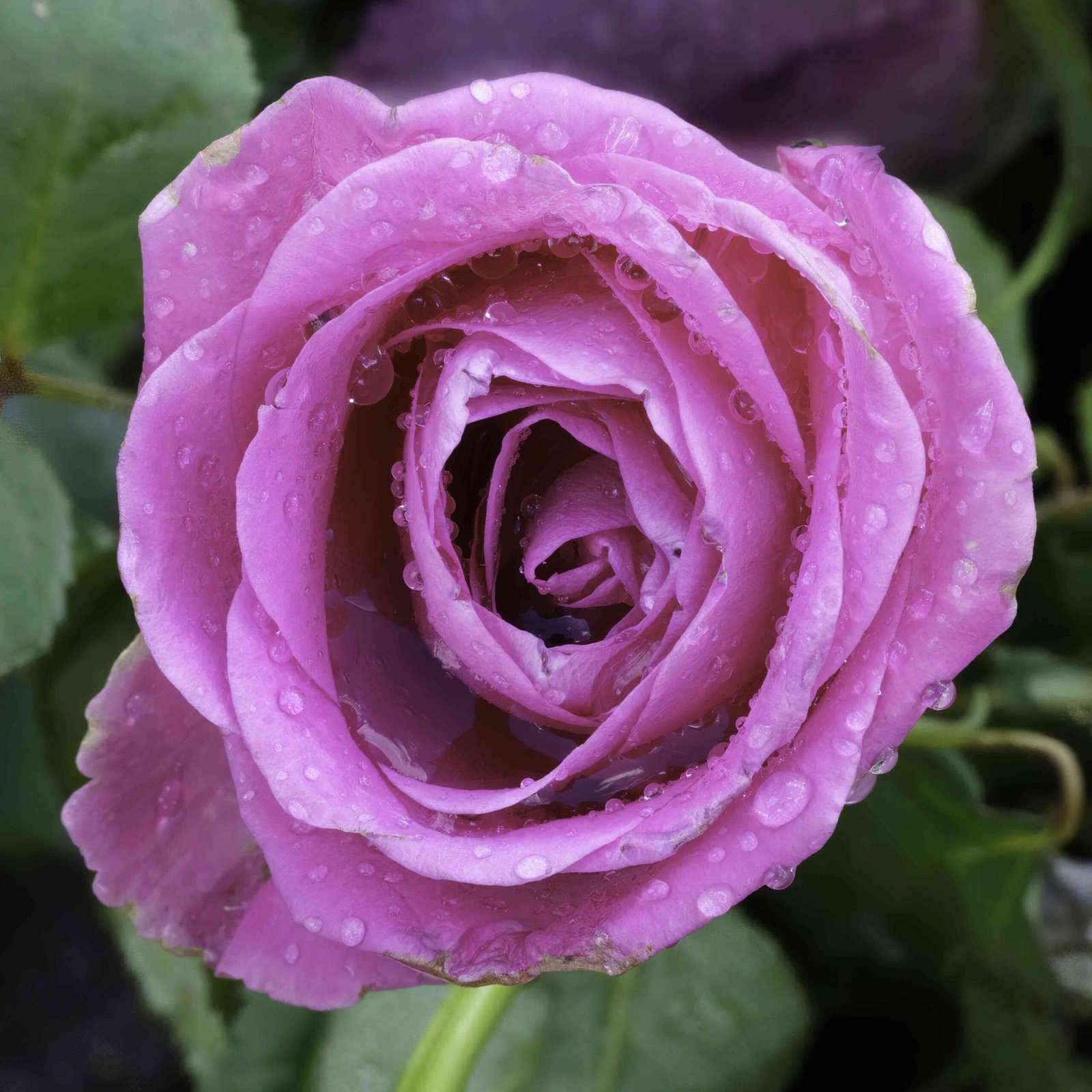Not all Iceberg roses are classified as climbers. The Iceberg rose comes in several forms, including shrub, floribunda, and climbing varieties.
What Types of Iceberg Roses Are There?

Climbing Iceberg Rose
This variety is specifically classified as a climbing rose. It is known for its vigorous growth, reaching heights of 8-15 feet (2.4-4.5 meters) and a spread of around 6 feet (1.8 meters)[1][3][4].
Other Forms
The original Iceberg rose is often a floribunda or shrub rose, which does not have the same climbing habit.
What Are the Cultivation Requirements for Iceberg Climbing Roses?

To thrive, Iceberg climbing roses have the following cultivation requirements:
Soil Types
They can grow in all soil types, provided the soil is well-drained. There is no specific soil type requirement, making them versatile for different garden conditions[3][4].
pH Levels
While the specific pH range is not strictly defined, roses generally prefer a slightly acidic to neutral soil pH, typically between 6.0 and 6.5.
Sunlight Exposure
Iceberg climbing roses require full sunlight to produce abundant blooms. They should be planted in locations that receive direct sunlight, especially east, south, or west-facing positions[3][4].
Watering Needs
These roses need regular watering, especially during their first year of growth. However, they should not be waterlogged, as this can lead to root rot and other issues. Consistent moisture, particularly during hot and dry periods, is essential[3].
What Growth Conditions Do Iceberg Climbing Roses Prefer?
For optimal growth, Iceberg climbing roses need the following climate conditions:
Temperature Ranges
They are hardy in USDA zones 5-11, indicating they can tolerate a wide range of temperatures. They can handle colder climates but also perform well in warmer zones[3][4].
Humidity Levels
While specific humidity levels are not detailed, roses generally prefer a moderate humidity environment. Extreme humidity can lead to disease issues, so good air circulation is important.
Climate Conditions
These roses are adaptable to various climate conditions but perform best in areas with cool winters and warm summers. They can tolerate some frost but should be protected from extreme weather conditions such as prolonged drought or waterlogged soil[2][3].
Reference:
- Heirloom Roses: [CL Iceberg – Heirloom Roses][1]
- PictureThis AI: [Rosa ‘Climbing Iceberg’ (Care, Characteristics, Distribution, Images)][2]
- David Austin Roses: [Iceberg | Climbing Rose | David Austin Roses][3]
